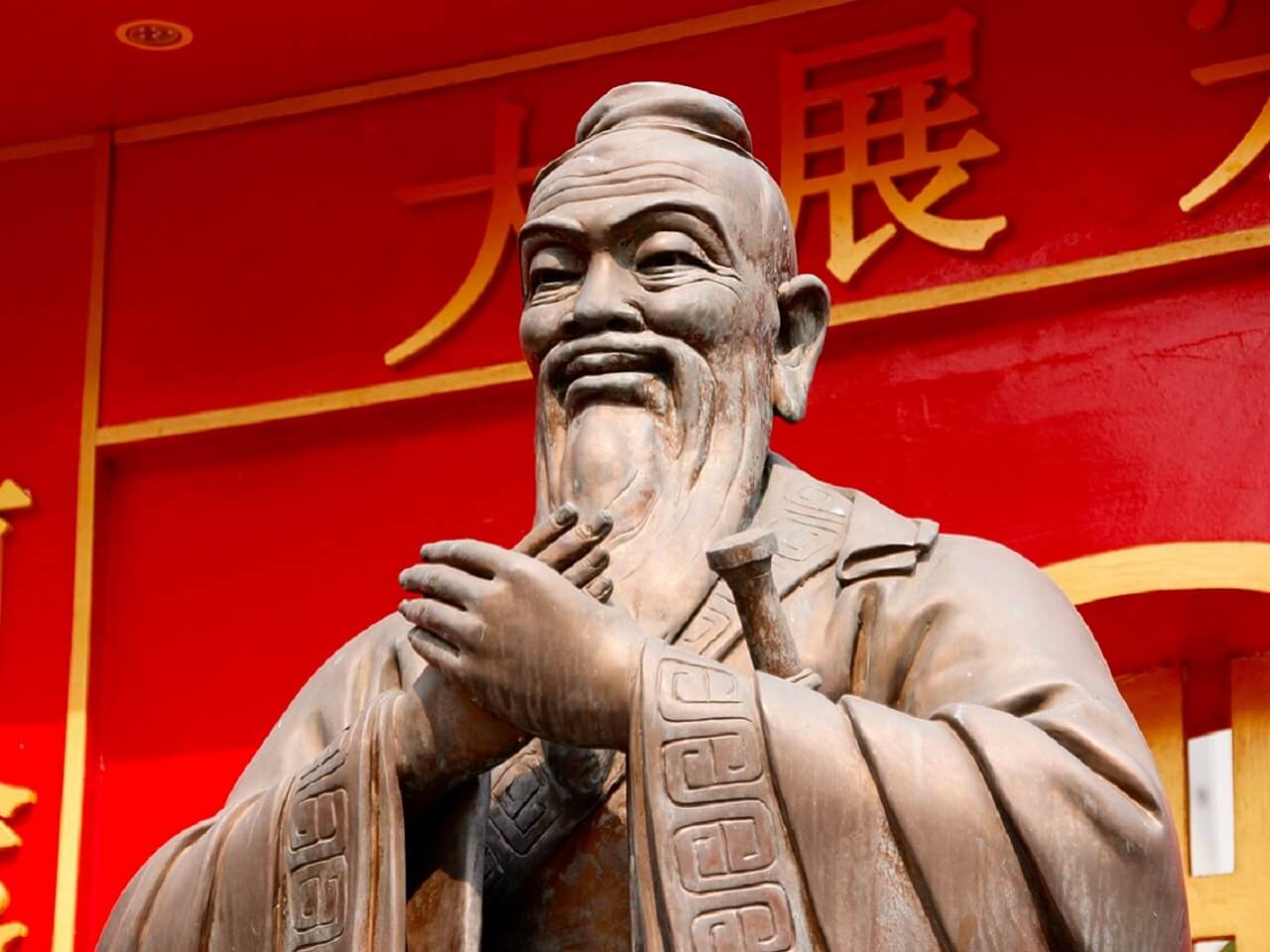It was Mark Twain who, albeit tritely, said it best: “history doesn’t repeat itself, but it sure does rhyme.” Spectators from all sides of the Pachamama controversy, whether they be Catholic or apostate idol-worshipers, might be interested to learn that this is not the first time such a situation has been contested within the Church.
The year was 1656. Jesuits were evangelizing mainland China, and they had begun to take on the cultural trappings of the people to which they ministered. This included the wearing of the silk gowns that identified the Chinese upper class. Other adaptions of these favorable “Chinese customs” included the use of Chinese in the Mass and an openness to the complementary practice of Buddhism and Taoism. This was the policy of the notable Jesuit Matteo Ricci, as well as the Sacred Congregation for the Propagation of the Faith (now Congregation for the Evangelization of Peoples), who wrote to missionaries in China the following:
Do not act with zeal, do not put forward any arguments to convince these peoples to change their rites, their customs or their usages, except if they are evidently contrary to the religion and morality. What would be more absurd than to bring France, Spain, Italy or any other European country to the Chinese? Do not bring to them our countries, but instead bring to them the Faith, a Faith that does not reject or hurt the rites, nor the usages of any people, provided that these are not distasteful, but that instead keeps and protects them. [1]
However, the Dominicans — who came on mission in the 17th century — did not share the same warm feelings toward this policy of accommodation (in today’s parlance, “pastoral accompaniment”) and wrote to Rome of the matter in a heated fashion. Their communications touch on three main grievances:
- The use of native terms 天 Tiān (Heaven) and 上帝 Shàngdì (Supreme Emperor)
- The participation of Chinese Catholics in seasonal rites for Confucius.
- The use of inscribed tablets used for ancestor worship by Chinese Catholics.
The Jesuits made the essentially illogical argument that such things were a matter of social interaction rather than religious observance. Chief among the many fallacies with this assertion are the names themselves. Catholicism, in Chinese, is 天主教 (Tiānzhǔjiào). This is composed of the constituent elements 天 (“heaven”) + 主 (“LORD”) + 教 (“religion”). Confucianism (孔教; Kǒngjiào), by contrast, is composed of 孔 (“Confucius”) + 教 (“religion”). Now, does it take a theologian or pope to recognize that you can follow only one religion?
Apparently, it does. The matter was settled by Pope Clement XI in 1704, when he declared the matter dealt with in Cum Deus Optimus. Here, His Holiness condemned the use of “Tiān” and “Shàngdì,” leaving Tiānzhǔ (ׅ“Lord of Heaven”) as the only official Chinese term for God. His 1715 bull Ex Illa Die further clarified the matter and effectively anathematized seasonal worship, performing ancestor worship, and even giving the appearance of venerating ancestors in family temples.
These decisions, extremely unpopular with the Chinese government, meant the increased persecution of Chinese Catholics up through the dissolution of the Jesuits in 1773 and continued to the present day.
What is surprising is that Pope Pius XII, shortly after his election, asked the Propaganda Fidei (CDF) to relax Clement XI’s decrees in the face of pressure from the current Chinese government, who insisted that such Confucian rites were merely social activities. Their previous ecclesial rejection, as the Holy Father saw it, were unnecessary impediments to evangelizing and converting the Chinese people. A new decree in 1939, Plane Compertum, stated:
- Catholics are permitted to be present at ceremonies in honor of Confucius in Confucian temples or in schools;
- Erection of an image of Confucius or tablet with his name on it is permitted in Catholic schools.
- Catholic magistrates and students are permitted to passively attend public ceremonies which have the appearance of superstition.
- It is licit and unobjectionable for head inclinations and other manifestations of civil observance before the deceased or their images.
Four years later, in 1943, the Chinese government established diplomatic relations with the Vatican, which would soon be interrupted and then oddly revived with the communist government. With recent revelations regarding the regularization of the Chinese Catholic Church in exchange for billions of dollars, there is a rather disturbing pattern coming to light here. Has an appeasement policy, liturgically or ecclesially, ever worked in the Church’s best interest — to bring souls to Heaven? Looking back through salvation history, has allowing the worship of false gods ever been of benefit to the faithful? There are lessons to be learnt here, if only we might have the wisdom to learn the right ones.
[1] “Ne mettez aucun zèle, n’avancez aucun argument pour convaincre ces peuples de changer leurs rites, leurs coutumes et leur moeurs, à moins qu’ils ne soient évidemment contraires à la religion et à la morale. Quoi de plus absurde que de transporter chez les Chinois la france, l’Espagne, l’Italie, ou quelque autre pays d’Europe ? N’introduisez pas chez eux nos pays, mais la foi, cette foi qui ne repousse ni ne blesse les rites, ni les usages d’aucun peuple, pourvu qu’ils ne soient pas détestables, mais bien au contraire veut qu’on les garde et les protège.”


